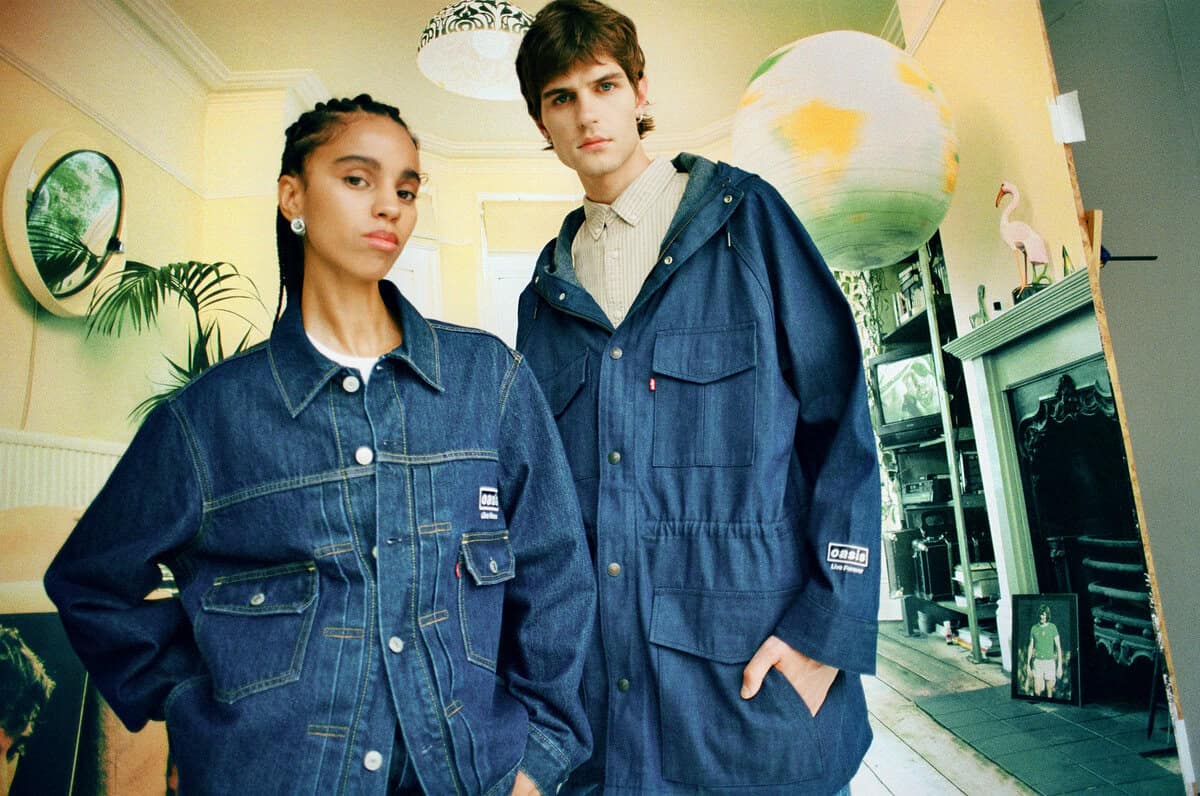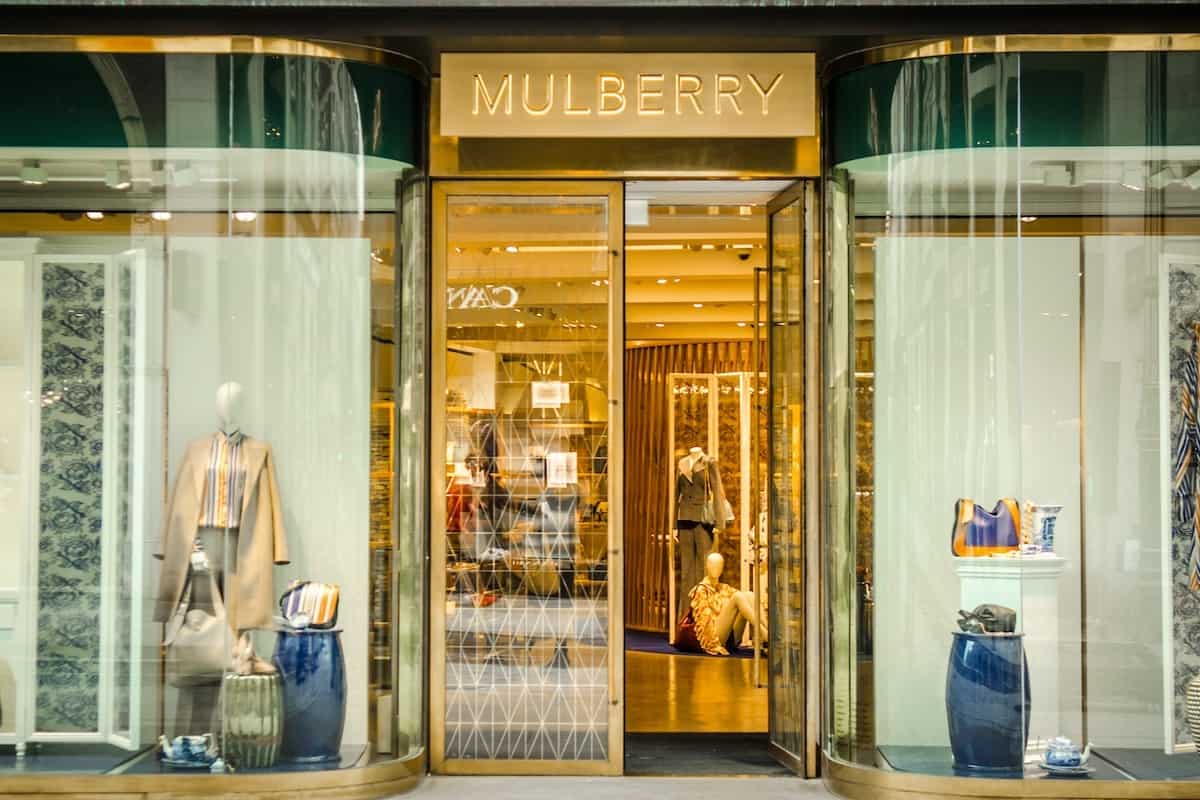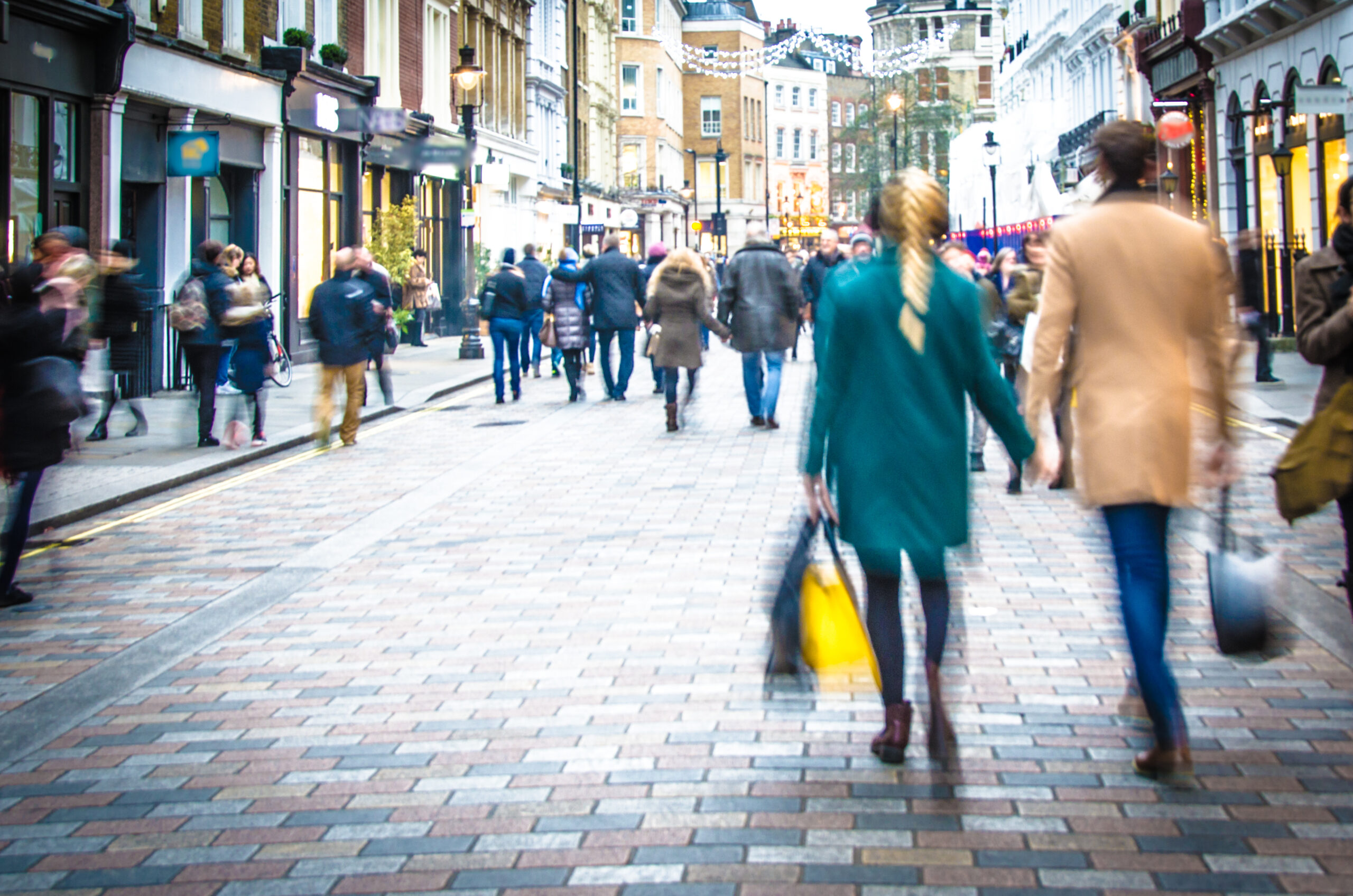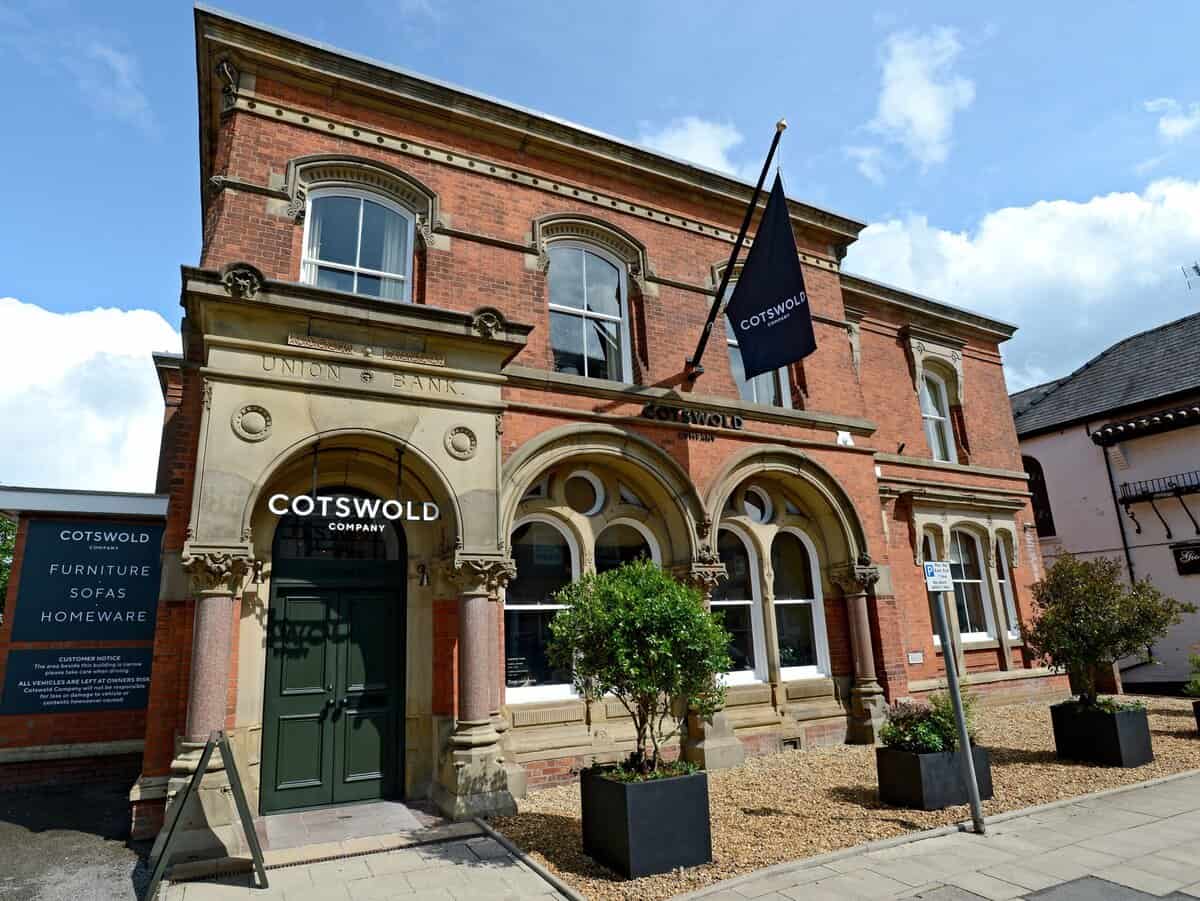With Internet Retailing Expo 2013 continuing as you read this, we take a look at some of the key take aways from the SoLoMo (Social-Mobile-Local) session on day one. Look out in the coming weeks for more fulsome reviews of all the conference tracks – as well as videos and slideshares of all the presentations and innovations at from the event.
The revolution will be mobilized
Mobile is forcing a radical revamp of the retail industry producing a “transformation of the industry,” Mike Davies UK sales director at PayPal told a packed room during his opening keynote. The customer now has so much power through online and mobile that retailers face a challenge to try and adapt to a rapidly changing market, Davies warned. “The power is now all in their hands – literally,” he told delegates.
“eBay-PayPal has put the customer at the centre of its business and retailers have to do the same, what ever the challenge of doing so,” Davies said. One of the key challenges – and recurring theme within the SoLoMo sessions – was making a seamless customer experience across all channels, but as Davies said, this can be extremely challenging. “Big businesses are tackling it, but its tough for small retailers. The key thing for them is to keep it simple.”
Show me the money
Payments figured highly within the SoLoMo sessions. Coming just a week after Comic Relief – the BBC TV charity telethon – which saw a staggering 58% of donations coming through mobile (via PSMS no less), it is high time that people took mobile payments more seriously.
Leading the panel discussion on m-payments for retail was David Warr, owner and MD of Jersey based coffee shop chain Cooper & Co. Despite being relatively a very small business, he has introduced mobile payments in one of his stores “not for any great business reason, just because its cool and convenient”. Warr, a strong advocate for mobile payments, however, has seen it drive up sales and increase loyalty.
Cooper & Co use a system that essentially lets customers add money online to a mobile voucher that sits in Apple’s Passbook app. This then gets scanned at the check out. Its not state of the art, but it works and customers like it. And the interesting thing is that there is no NFC anywhere in sight.
While the mobile industry is falling over itself to get NFC-based contactless mobile payments into stores (despite it being overly complicated, not very good, expensive and there being hardly any NFC enabled handsets in the market right now), it is interesting to see that retailers already embracing it are finding novel ways of doing it.
Warr isn’t phased and believes that eventually we will see NFC contactless mobile payments, but his advice to retailers holding back from doing mobile payments while the picture becomes clearer, is to just go for it. “It’s an evolution. We may end up with lots of ways of doing mobile payments all on offer at once, but that makes it easier for the consumer. Just go for it.”
PayPal similarly is looking at ways other than NFC – ones that use existing technology – to radically rethink the payments landscape. It is launching in the UK this spring a service called Check In, that combines payments and social to radically rethink how mobile instore works.
The consumer opens their PayPal app and then simply checks in in a store and uses the app to purchase say a coffee. By the time they get to the checkout, they get their coffee – which has been paid for through PayPal – and the barrista hands you’re your mochachoca latte. How do they know its your’s? They have your photo that the app has sent to the till.
This technology will revolutionise how consumers shop and pay. It will also force a rethink of how shops actually operate, which also became a big theme at the show…
The future of shops
Interestingly, this year’s mobile track at IRX was dominated not by the rush to offer transactional mobile apps or m-websites, but more to discuss how to create a holistic retail experience across all channels, with mobile sitting at the centre.
Pizza Hut’s IT director Steve Ash offered some interesting retailer insight into what this actually means in practice. Pizza Hut has two business strands: delivery and dine in and both have different omni-channel needs.
“In fact, each has three channels,” Ash said. “Store, web and mobile – and that is a lot to keep up dating and managing. So we looked at how to radically rethink how we run these channels.”
Pizza Hut’s answer has been to work with vendor bemoko to create a single channel that can be intelligently adapted to each channel. So there is one set of data that then gets relevant parts rendered on the PC, mobile, tablet and in store systems.
“Has it worked?” Ash asked rhetorically. “Well, we used to see five to seven per cent sales through mobile and tablet, now its 30% – and this has been an increase in sales, not just a cannibalization of other channels. Mobile does work.”
Pizza Hut’s approach is increasingly typical. But “mobile and e-commerce are going to be the saviours of the high street,” said Glen Richardson, CEO of Justbought.it. “I grew up with the internet and I see shops as sort of 3D catalogues,” he said. And this is increasingly how a generation of shoppers see shops. “Showrooming then is to be expected, you just have to make it work to your advantage. People want to buy products online, but they often want to do that while in store; so let them.”
The key, believes Richardson is to make the stores places people want to go – you have to enrich the store with all the stuff you get online – videos, virtual reality and so on – and make it fun.
“You also have to give them wifi and encourage them to use the web,” he said. “And text them. People respond to text and you can then engage them and perhaps get them to buy rather than showroom.”
This you can do through “store-mode m-sites” that offer content that is exclusive to being in-store.
Richardson also believes that stores need to be more theatrical. “You need performances, and talks and demonstrations on the shop floor – give people other reasons to come into stores. You just have to think differently about what shops are for,” he said.
Keep taking the tablets
One of the technologies set to reshape the in-store experience is the tablet. But first, it is having a dramatic impact on consumers and how they shop, said Geoff Wright, head of e-commerce at GroupFMG. “More and more consumers are using tablets to shop, but how they use them and what they want from the tablet is very different from what they want from a smartphone,” he warned.
“People want to be inspired not sold to through tablet experience,” he told a packed hall. “It is not about just popping your website on to a tablet, it is about offering and rich, deep and inspiring experience. Do this and you will get people buying from you.”
This was backed up Robert Moss, CMO at SecretSales. “Tablet users dwell for twice as long and do 25% more page views. It is an immersive experience and you need to inspire them to buy. Mobile users are often just dipping in for a quic fix or a check on whats on offer,” he said.
And this was one of the recurring themes of the SoLoMo sessions: don’t look for people to come in on any given channel, browse and buy all in one go. Today’s consumers are using different devices – and stores – to research and try out and review things long before they actually buy anything. And where and how they then purchase it is not the point.
Mobile commerce is now about how to deliver a seamless experience across all these channels that inspire consumers to engage with you and buy – and to come back and do it again and again.








